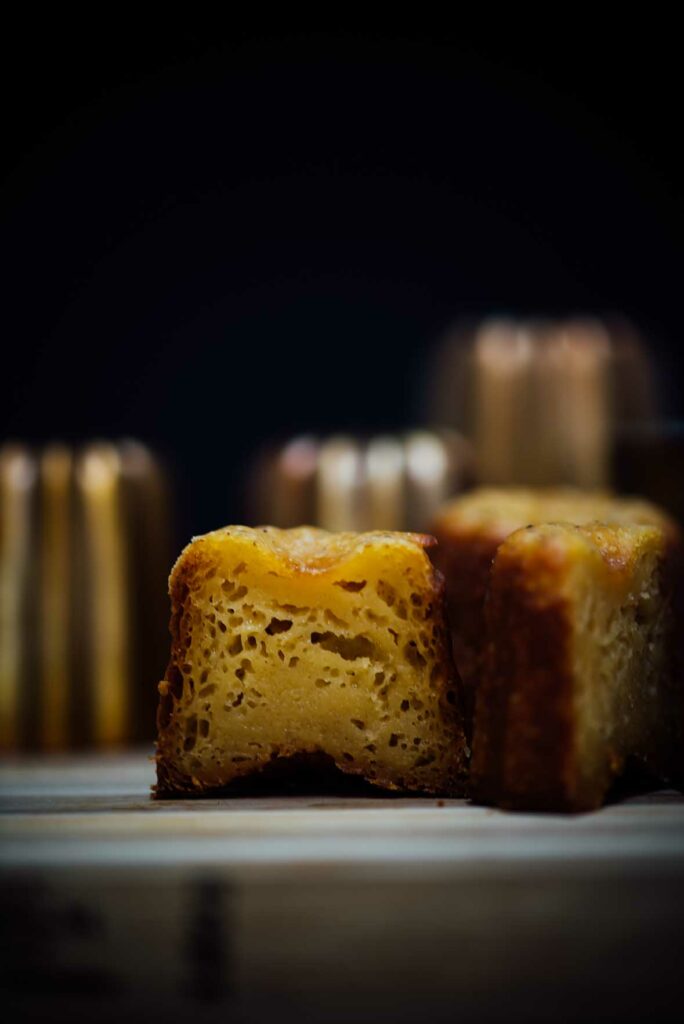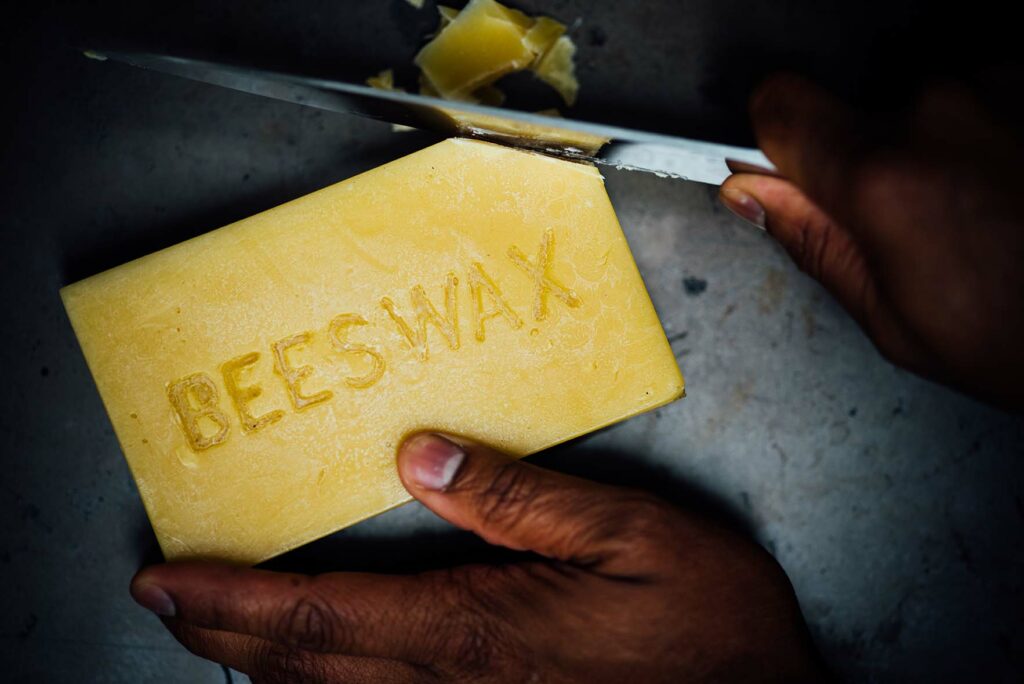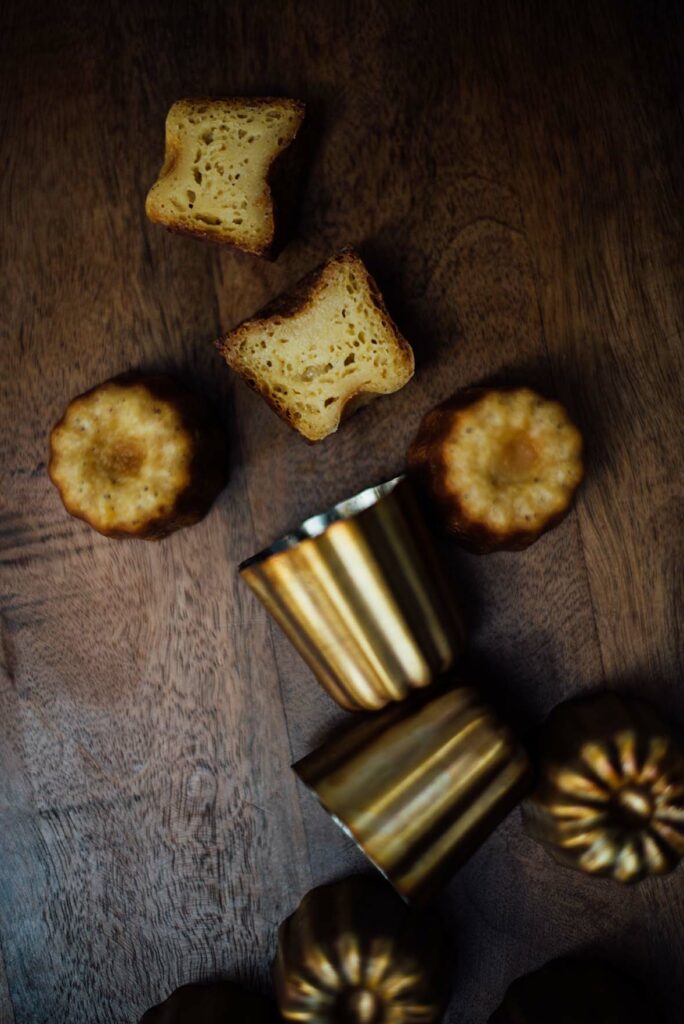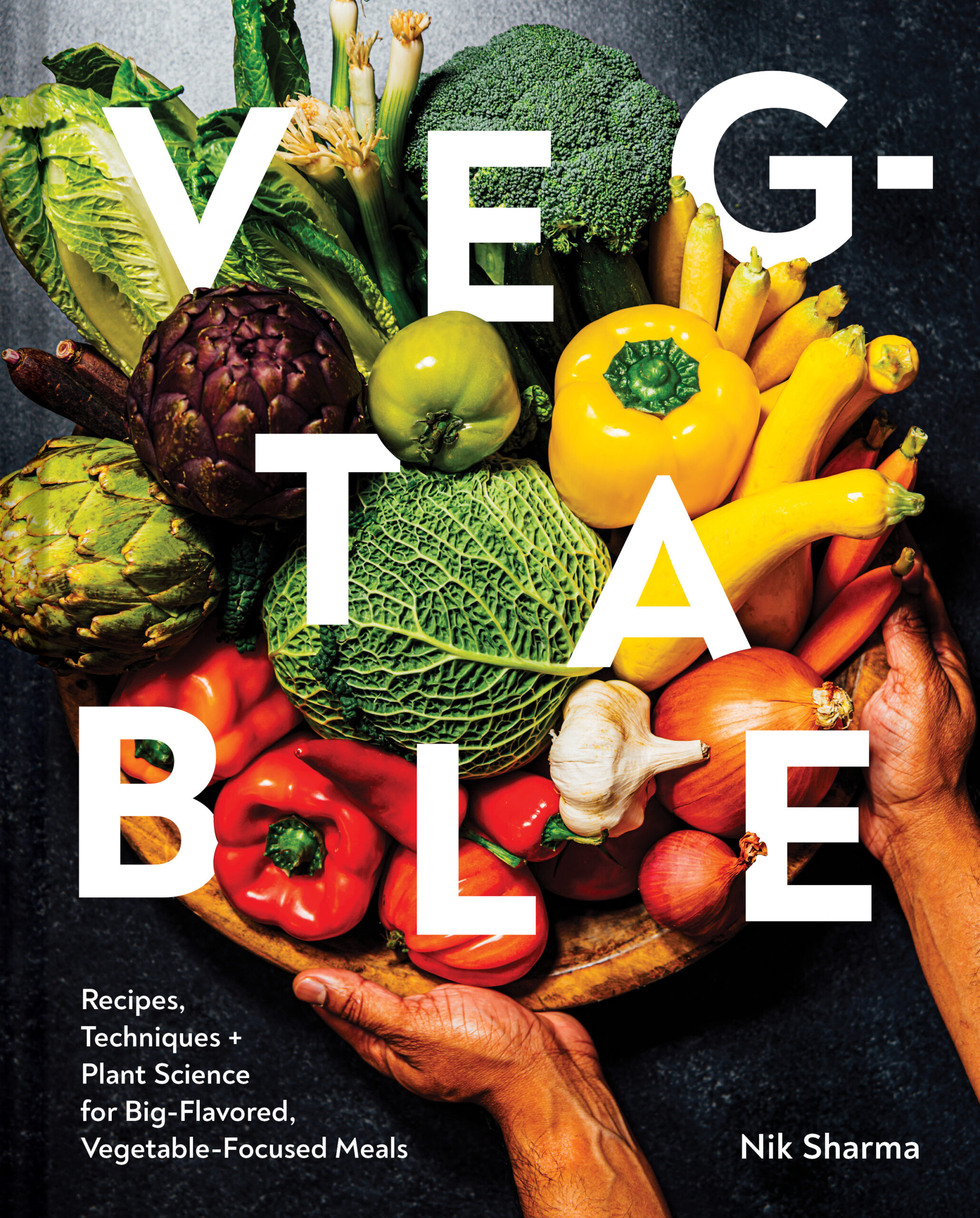
Cannelés are one of those pastries I love eating but don’t make as often as I’d like. I’ve tried to make them in silicone molds a few years ago and the results were consistently not that good. (I’ve never used aluminum and can’t speak about them, but check out this experiment by Serious Eats) But a few months ago, M took a work trip to Paris, and I asked/begged him to get a couple of copper Cannelé molds from Dehillerin. I fell in love with my little copper molds, perfectly shaped with their ridges just waiting to be seasoned with warm, melted beeswax before they could be used.
So, once you have the molds, we need to discuss seasoning them. This is as important as the molds because it will allow the mold to release the pastry easily. Some folk use beeswax while others a mixture (1:1 ratio) of unsalted butter and wax. I used Dominique Ansel’s method of seasoning the molds before they could be used. Try to find edible beeswax pellets because they’re easier to melt than the block I have in the photo below (you have to chop it up to bits and then use as much as you need).

Cannelés are one of those pastries that I love to eat but don’t make as often as I’d like to. I’ve tried to make them in silicone molds a few years ago and the results were consistently not that good. (I’ve never used aluminum and can’t speak about them, but check out this experiment by Serious Eats) But a few months ago, M took a work trip to Paris, and I asked/begged him to get a couple of copper Cannelé molds from Dehillerin. I fell in love with my little copper molds, perfectly shaped with their ridges just waiting to be seasoned with warm, melted beeswax before they could be used.
So, once you have the molds, we need to discuss seasoning them. This is as important as the molds because it will allow the mold to release the pastry easily. Some folk use beeswax while others a mixture (1:1 ratio) of unsalted butter and wax. I used Dominique Ansel’s method of seasoning the molds before they could be used. Try to find edible beeswax pellets because they’re easier to melt than the block I have in the photo below (you have to chop it up to bits and then use as much as you need).
The next part is the actual batter for the pastry. You must prepare it a day before allowing the flour to hydrate and the sugar to dissolve. I’ve used a combination of cardamom and orange zest which are steeped in the hot milk, eventually the zest is removed through straining the batter and let it sit overnight. The rest of the steps are pretty straightforward. Though Cannelés are best eaten the day they’re made, I have found freezing the cooled pastries in a ziptop bag for 2 to 3 weeks pretty efficient. It would be best if you thawed them before, and you can also warm them up in the microwave.
Happy “Cannelé-ing”!!!!!



Cardamom and Orange Cannelés
5 Stars 4 Stars 3 Stars 2 Stars 1 Star
No reviews
The fresh sweet scents of orange and cardamom come together in one of my favorite pastries. This recipe is based on Dominique Ansel’s The Secret Recipes.
- Yield: 10 medium cannelés (about 2¾ oz or 80 g each)
Ingredients
Beeswax (for the molds) as needed
1½ cups/352 g whole milk
3 Tbsp/42 g unsalted butter (84% butterfat)
1 tsp ground green cardamom
1 tsp fresh orange zest or orange extract
3 large egg yolks
3 Tbsp/38 g dark rum
½ cup + 2 Tbsp/94 g all-purpose flour
¾ cup + 2 Tbsp/180 g granulated sugar
½ teaspoon/1 g kosher salt
Instructions
Purchasing, Preparing, and Caring for the Cannelé Molds
– There are several options when picking out cannelé molds, but I recommend using copper-lined ones. Copper conducts heat exceptionally well and ensures a crispy exterior and moist flan-like interior as the cannelés bake.
– If you are using copper cannelé molds for the first time, it is important to season them properly. The traditional way is to use beeswax. Preheat the oven to 400°F/205°C for conventional or 375°F/190°C for convection. Melt beeswax in the microwave in 30-second intervals. Brush the molds inside with melted wax and place them on a sheet pan in the oven for 10 minutes. Remove and invert on a wire rack over a sheet pan to let excess wax drain out. When the molds cool, repeat this process three more times. Seasoning the molds this way ensures that your cannelés will have a shiny and smooth exterior. It also prevents them from sticking to the molds. Ideally, this process should be repeated each time you bake cannelés, but it can be done every other time after the first five bakes if the cannelés are unmolding easily.
– Beeswax can generally be found at specialty stores or online at several retailers. It comes in blocks or chips. I recommend chips simply because they are easier to melt; otherwise, they are the same.
– Copper cannelé molds do not need to be washed. To clean, wipe with a dry towel.
One Day Prior: Season the Molds
Prepare cannelé molds using the method described above.
Make batter
1. Combine the milk, butter, cardamom, and orange zest in a medium pot. Bring to a simmer over medium heat. Remove from the heat and let cool to about 100°F/38°C or lukewarm to the touch.
2. Whisk the egg yolks into the milk mixture. When they have been incorporated, whisk in the rum.
3. Whisk the flour, sugar, and salt together in a medium bowl. Whisk in the warm milk one-third at a time, scraping down the sides and bottom of the bowl between additions. Some air bubbles will form, but keep these to a minimum. When finished, the batter will have the consistency of heavy cream.
4. Strain the batter through a medium sieve into an airtight container. Before closing, cover with plastic wrap pressed directly onto the surface of the batter, to prevent a skin from forming. Press the lid of the airtight container on tightly. Refrigerate overnight to rest the batter.
The Day of the Bake
1. Place a rack in the center of the oven and preheat the oven to 450°F/230°C for conventional or 425°F/220°C for convection.
2. Warm the molds in the oven for 15 minutes before filling. Preheating the molds helps ensure the cannelés have a crunchy, caramelized exterior.
3. Brush the molds with a thin layer of melted beeswax. (Too much wax will cause the mixture to spill out of the mold during baking.) Gently mix the batter to reincorporate ingredients that may have settled overnight. Be careful not to over mix or risk incorporating too much air into the batter. The more uniform the batter is, the better the final product.
4. Fill each mold to about ¼ in/6 mm from the top, about 2¾ oz/80 g of batter each. When the cannelé bakes, it will rise slightly, then sink, so it is essential to leave a small space to account for this rise.
5. Place the molds on a sheet pan and bake on the center rack for 20 minutes. Rotate the pan 180 degrees, reduce the oven temperature to 350°F/175°C for conventional or 325°F/160°C for convection, and bake for 35 to 45 minutes more.
6. Let the cannelés, still in their molds, cool for 10 minutes. Turn the cannelé molds upside down and gently tap the top until the cannelé drops out onto the wire rack. Let cool completely before serving.


6 Responses
I’ve never made canneles before, but I’ve always wanted to! I love this step-by-step description. Now I just need to find the molds… Also, breathtaking photos as always! xoxo
I was JUST reading about how to make these yesterday! I’m dying to try it out!
Ok you just took away my only excuse not to splurge and buy the copper molds. I have silicone and I know what you mean…they work but it’s not as good. You’re recipe looks amazing can’t wait to break them in😊
What beautiful tins, I bet coconut oil would also do the trick. Happy feasting!
I don’t see either orange or cardamom in the ingredient list!
I fixed it thanks, it didn’t save the first time on Squarespace for some reason.